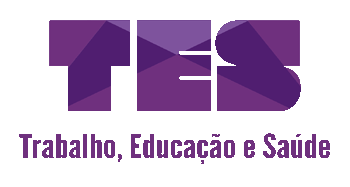The experience of teaching and working in occupational therapy has indicated some educational gaps in the professional education in the field: the very nature of being occupational therapist and its technical and methodological implications; the understanding and identification of the workers with the field and, also, the role of human activity as a therapeutic resource. In order to give a contribution to resolve it, it has been developed the so called Excavation Method that was created on the basis of academic and clinical practice. In this article, the method is presented and analyzed considering the theoretical and methodological relations between practice (academic and clinical) and the ergologic approach. The argument is based on a case study undertaken in a PhD course. The field work was developed with a group called Study Group of Human Activity (Geah) of the Methodist Institute of Porto Alegre (IPA). The main conclusion is that the Excavation Method and the Tree Poles Dynamic Dispositive have strong relationship. The method allowed confrontation and interchanging of knowledge and values between those people situated in the pole of experience and those of the conceptual pole, in the field of occupational therapy. The students renormalized their knowledge and gave new meaning for their daily life and working experience confirming the therapeutic and creational power of human activity.
ergology; occupational therapy; Excavation Method; human activity; knowledge

 Method of excavation in occupational therapy: a dynamic, three-pole device?
Method of excavation in occupational therapy: a dynamic, three-pole device?